Search
Search Results
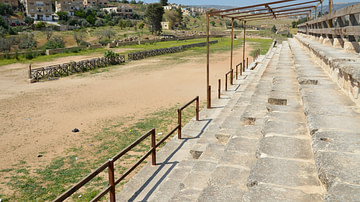
Image
Jerash Hippodrome
The Hippodrome of Gerasa in modern-day Jerash in Jordan is the smallest of the 48 Roman circus buildings known today, measuring about 250 x 50 m. However, it is one of the best-preserved Roman circuses in its functional and technical elements...
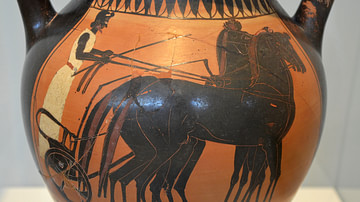
Image
Greek Amphora with a Quadriga
A depiction of a quadriga with a charioteer waiting for the start of the chariot race on an Attic black-figure kylix, dated to 510 BCE.
National Archaeological Museum of Athens.

Definition
Circus Maximus
The Circus Maximus was a chariot racetrack in Rome constructed in the 6th century BCE. Used for other events such as the Roman Games and gladiator fights, it last hosted chariot races in the 6th century. Partially excavated in the 20th century...

Definition
Ancient Olympic Games
The ancient Olympic Games were a sporting event held every four years at the sacred site of Olympia, in the western Peloponnese, in honour of Zeus, the supreme god of the Greek religion. The games, held from 776 BCE to 393 CE, involved participants...
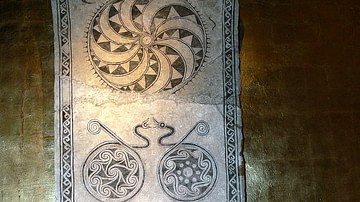
Article
The Sun & the Moon in Norse Myth
In Norse mythology, the Sun and the Moon appear as personified siblings pulling the heavenly bodies and chased by wolves, or as plain objects. Written sources, such as the Poetic Edda and the Prose Edda, have surprisingly little to say about...
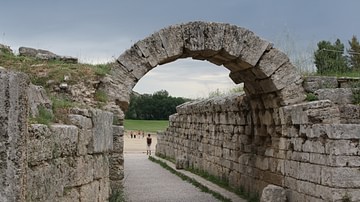
Definition
Olympia
Ancient Olympia was an ancient Greek sanctuary site dedicated to the worship of Zeus located in the western Peloponnese. The Pan-Hellenic Olympic Games were held at the site in honour of Zeus every four years from 776 BCE to 393 CE. Olympia...
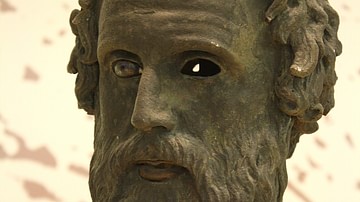
Definition
Gorgias
Gorgias (l. c. 427 BCE) was a Greek Sophist and philosopher, considered the greatest Rhetorician of his day. He is said to have created several aspects of public speaking still in use and to have mastered the art of persuasion, commanding...
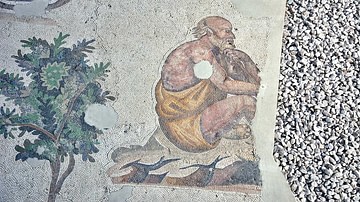
Article
Gorgias' On Nature (On the Non-Existent)
Gorgias of Leontini (l. c. 427 BCE) was a famous Greek Sophist who claimed that nothing exists and, even if it does, its nature cannot be understood and, even if it could be, one is not able to communicate that understanding to another person...

Image
Sestertius Commemorating Trajan's Rebuilding of the Circus Maximus
Sestertius commemorating Trajan's rebuilding of the Circus Maximus, showing the Arch of Titus (not to be confused with the Arch of Titus built over the Via Sacra), which looks down from the upper left, quadrigae (four-horse chariots) surmounting...

Image
Motya Charioteer
The Motya Charioteer, marble statue depicting a charioteer celebrating a victory in one of the Panhellenic Games, made by a Greek sculptor in Sicily, c. 460-450 BCE, found in 1979 on the Sicilian island of Motya. This is a very rare surviving...